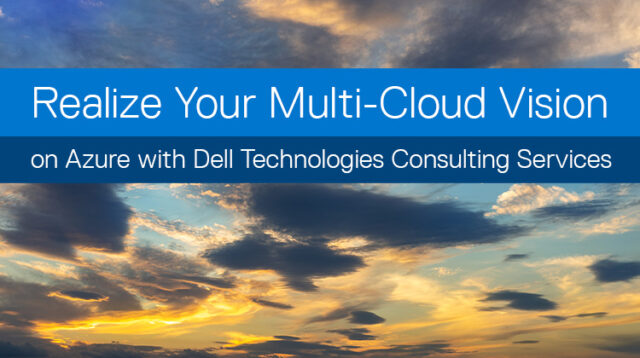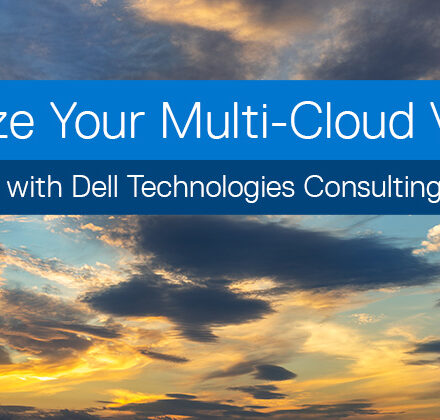If I told you, “The future is multi-cloud” your first reaction is probably to agree. You could cite analyst research, vendor proclamations, or even anecdotal evidence to affirm your reasons.
Want to know a dirty secret? That statement is a lie. The truth is the present is multi-cloud.
Take Rightscale’s State of the Cloud report as evidence that multi-cloud is the present, and not the future.
- 84% of enterprises have a multi-cloud strategy
- 94% are already using cloud
 On average, organizations leverage almost 5 clouds
On average, organizations leverage almost 5 clouds
To me that’s compelling evidence that we don’t need to wait for the future to be multi-cloud because the truth is it’s already here. Organizations are already embracing the model of “right workload, right cloud” for their applications. However, using multiple clouds without a holistic multi-cloud strategy is simply a way to re-create the IT silos of the past that we’ve spent years trying to get rid of.
Considerations for the Public Cloud
One of the common reasons why these silos can come back is due to the nature of how different public clouds work. For IaaS workloads, for example, each of the major public cloud providers are using their own specific hypervisor and machine format such that they are naturally incompatible with other clouds or on-premises infrastructure. Public cloud providers like Amazon and Microsoft tweak and customize their infrastructure so that it performs well and is easy to secure and protect, but in doing so create scenarios where workloads can be moved in easily but moving out is difficult.
VMware, to their credit, recognized that while they own the market for the on-premises datacenter and private cloud space, they do not have a foothold in public cloud. For organizations that have a large vSphere footprint in their datacenter it means using the public cloud for disaster recovery or scaling is more difficult. Organizations need to create a branch, or new silo, of infrastructure in the public cloud that is managed separately from their on-premises infrastructure. VMware has since made partnerships that allow their vSphere-based workloads to run natively in the datacenters of Amazon, Microsoft, and Google.

Scaling to the Public Cloud and Beyond
Dell Technologies and Microsoft have a long history of great collaboration and partnership and it continues today with the Azure VMware Solutions. Using the Azure VMware Solutions, organizations can adopt a true hybrid/multi-cloud model in which they run vSphere in their private clouds, including the Dell Technologies Cloud powered by VMware, and are able to run those same workloads in their native format in the Azure public cloud. This provides far easier scaling to the public cloud, disaster recovery, and better performance consuming Azure based services on vSphere virtual machines. It’s a win for our customers who use technologies from both VMware and Microsoft!
A multi-cloud strategy doesn’t stop there – remember, “right workload, right cloud.” Other organizations may already be heavy consumers of the Azure public cloud and want to be able to bring some of those workloads back on premises. Dell Technologies can provide the Dell Cloud for Microsoft Azure Stack to allow customers to run those Azure workloads on-premises without having to modify formats or rearchitect their applications. In tactical or edge scenarios where cloud infrastructure has to be deployed outside of a datacenter (such as on a ship, submarine, or directly in the field) we offer the Tactical Azure Stack solution. Same Azure Stack but ruggedized to run in harsh conditions.
I invite you to watch this brief video which provides an overview of how Dell Technologies Consulting Services can help you build your Azure Hybrid Cloud for both Microsoft and VMware workloads.
Finally, our Dell Consulting team helps tie it all together by helping our customers craft this multi-cloud strategy to take advantage of all these solutions. We help customers adopt Azure VMware Solutions that lets them run native VMware-based workloads in Azure as well as deploy Azure Stack for native Azure solutions on premises. By helping our customers look holistically at their cloud strategy, we can help them really take advantage of the benefits of multi-cloud without worrying about re-creating IT silos in the cloud.
What has your public cloud adoption been like? Have you considered the Azure VMware Solutions?


